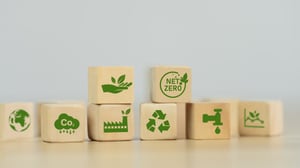In an era marked by unprecedented anthropogenic climate change and technological advancements, the world faces pressing challenges that demand collective action. Recognising the urgent need for a more sustainable and equitable future, the United Nations introduced the 17 Global Sustainability Goals (SDGs). These goals, established in 2015, are a part of the 2030 Agenda for Sustainable Development and serve as a blueprint for addressing the current global issues and building a better world for all.
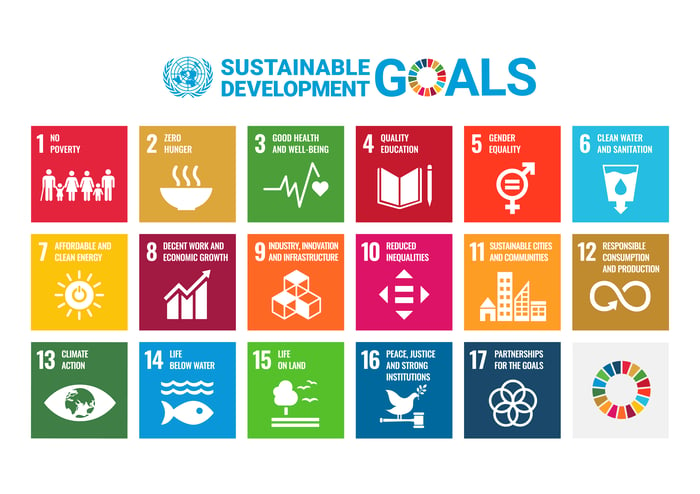 Source: https://www.un.org/sustainabledevelopment/news/communications-material/
Source: https://www.un.org/sustainabledevelopment/news/communications-material/
Sustainability refers to ‘meeting the needs of the present without compromising the ability of future generations to meet their own needs’ (United Nations General Assembly, 1983).
Achieving sustainable development requires a holistic approach that considers the well-being of both people and the planet. Accordingly, several of the SDGs directly focus on preserving the planet by addressing pressing environmental concerns, such as the current global biodiversity loss crisis. Biodiversity, which allows our planet to thrive, encompasses all varieties of life forms, from the smallest microorganisms to the largest mammals, and the ecosystems they form. As highlighted by Goals 14 and 15, the SDGs underscore the need to preserve and sustainably manage life on Earth by recognising the fundamental importance of biodiversity and its conservation.
Learn more: How Tunley helps you align your organisation with UN SDG Goals
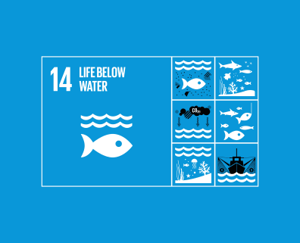
Goal 14: Life Below Water - Overfishing, pollution, and climate change pose significant threats to marine biodiversity. This goal addresses the critical need to protect and sustainably manage marine and coastal ecosystems. As these habitats are home to a staggering array of life and bioconstructions, their health is vital for supporting the livelihoods of millions of people (e.g., food), providing protection against storm, and maintaining a stable climate. Accordingly, this goal calls for measures to conserve and sustainably use marine resources by establishing marine protected areas, regulating fishing practices, and addressing pollution to ensure the health of marine ecosystems. It also emphasises on the importance of restoring and conserving coastal ecosystems as healthy coastal habitats, such as mangroves and coral reefs, are vital for both marine and human life.
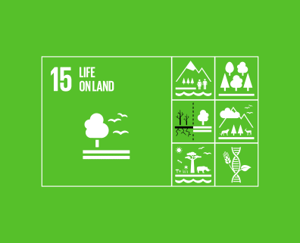
Goal 15: Life on Land - The destruction of natural habitats, whether through deforestation or urbanisation, poses a significant threat to countless of species and vital services providing clean air, water, food, medicine, shelter, and climate regulation. This goal aims to ensure the well-being of present and future generations by safeguarding terrestrial biodiversity. It recognises the urgent need to protect, restore, and promote the sustainable use of terrestrial ecosystems. By halting deforestation, combating desertification, as well as halting and reversing land degradation. It explicitly calls for the conservation of biodiversity and the restoration of degraded land to ensure the prevention of the extinction of threatened species and key habitats.
Preserving biodiversity necessitates coordinated action on a global scale. Goal 17, Partnerships for the Goals, underscores the need for international cooperation to achieve the SDGs. It encourages partnerships between governments, non-governmental organisations, businesses, and local communities to share knowledge, resources, and technology. Together, innovative solutions for conserving biodiversity and mitigating the impacts of human activities can be developed. Other SDGs goals have been outlined by the 2030 Agenda for Sustainable Development to specifically target environmental sustainability and the preservation of our planet. These include the following:
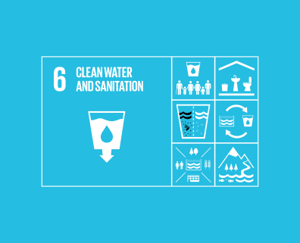
Goal 6: Clean Water and Sanitation - This goal addresses issues related to water quality, scarcity, and proper sanitation, and aims to ensure the global availability and sustainable management of water and sanitation.
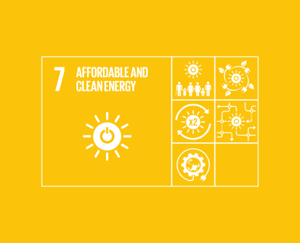
Goal 7: Affordable and Clean Energy – This goal focuses on ensuring access to affordable, reliable, sustainable, and modern energy for all. It encourages the use of clean and renewable energy sources to mitigate the environmental impact of energy production.
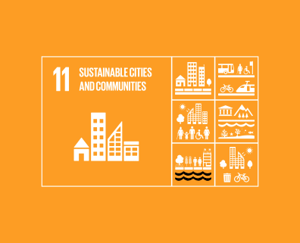
Goal 11: Sustainable Cities and Communities - This goal addresses current urbanisation, and infrastructure development. It emphasises the need for more sustainable practices in cities and the importance of making cities and human settlements more inclusive, safe, and resilient.
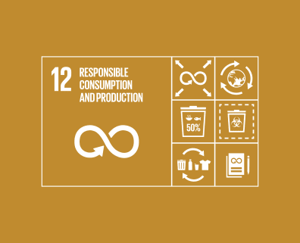
Goal 12: Responsible Consumption and Production – This goal encourages the efficient use of resources, reduction of waste, and the adoption of environmentally friendly practices in manufacturing and consumption.
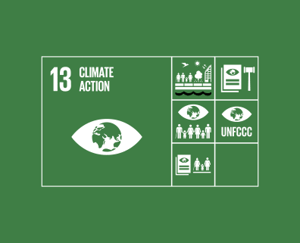
Goal 13: Climate Action - This goal focuses on taking urgent action to combat climate change and its impacts. It includes measures to raise awareness, adapt to climate change, reduce greenhouse gas emissions, and preserve key habitats responsible for carbon sequestration.
The Global SDGs provide a comprehensive framework for addressing the interconnected challenges that our world is facing. As we navigate the path toward a sustainable future, the preservation of biodiversity emerges as a cornerstone of our collective efforts. By achieving SDGs focused on preserving our planet, we can ensure that the rich tapestry of life on Earth continues to flourish. Our commitment to biodiversity is not just a commitment to the natural world, but a commitment to achieving long-lasting social and economic benefits as well as the well-being of our planet.


